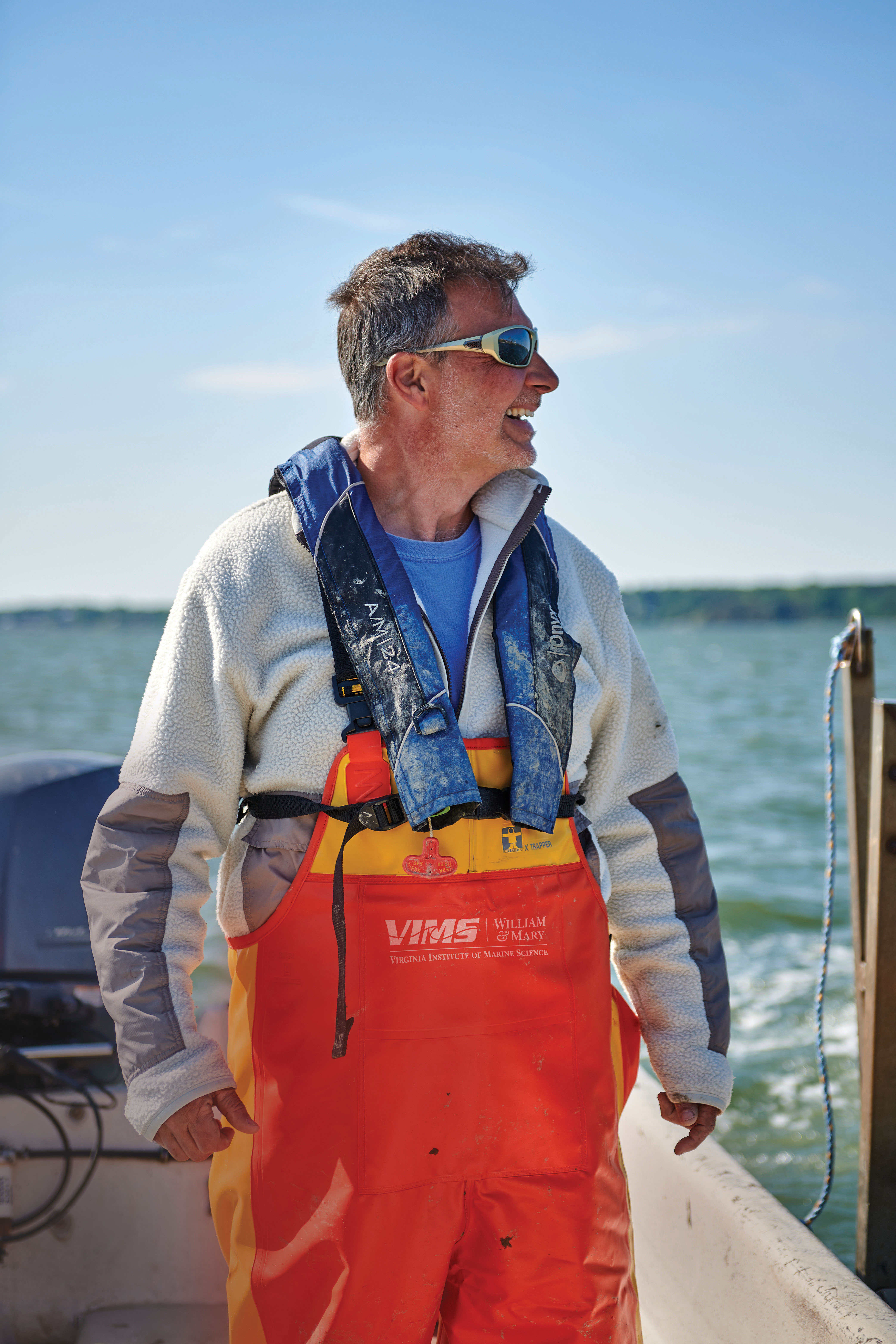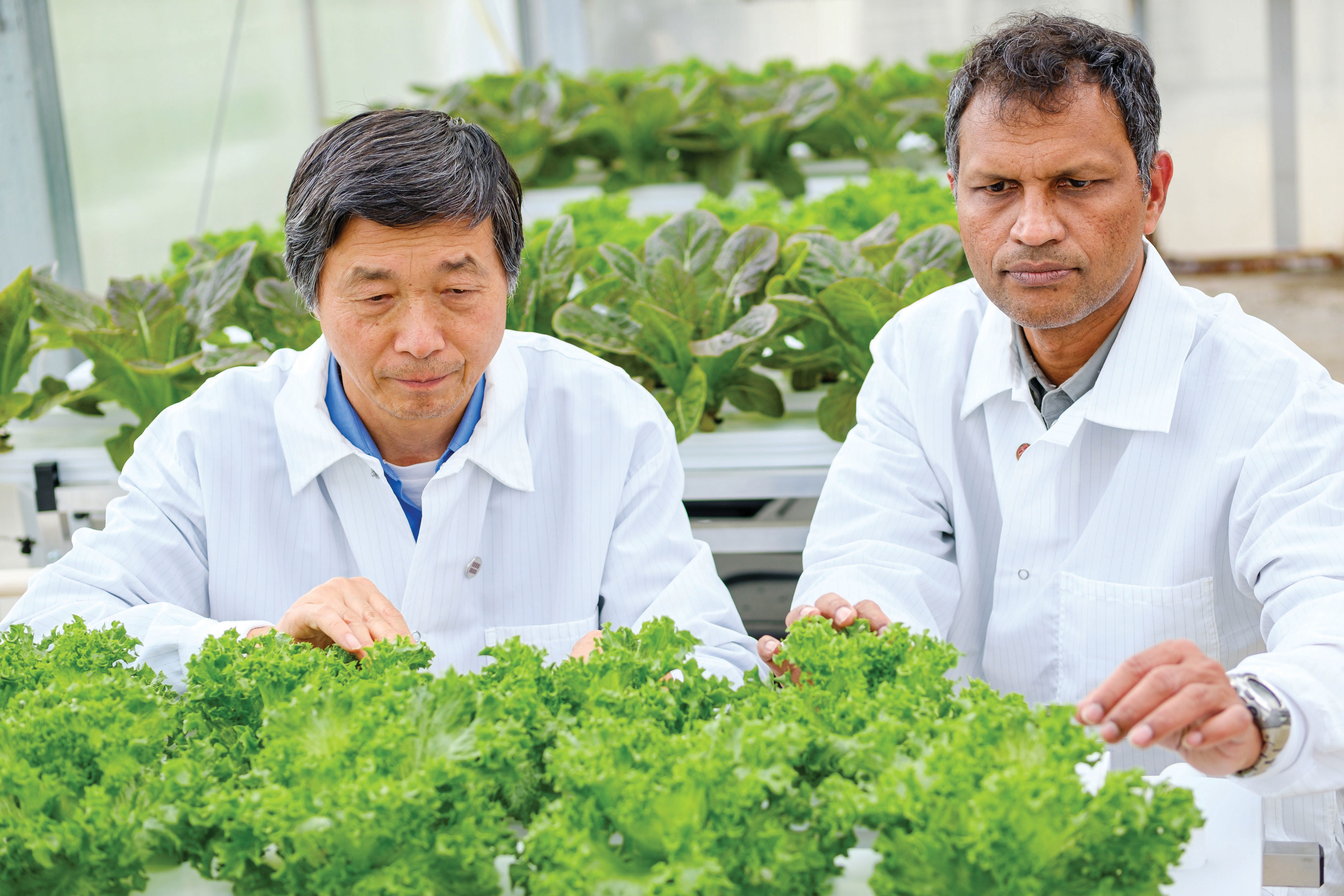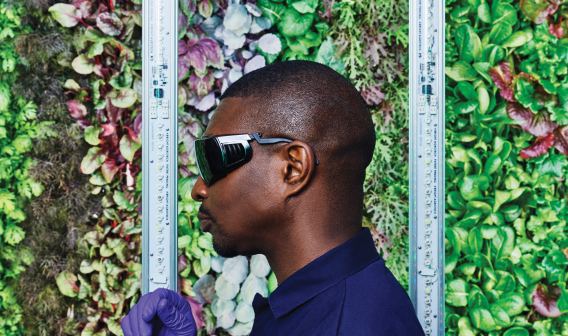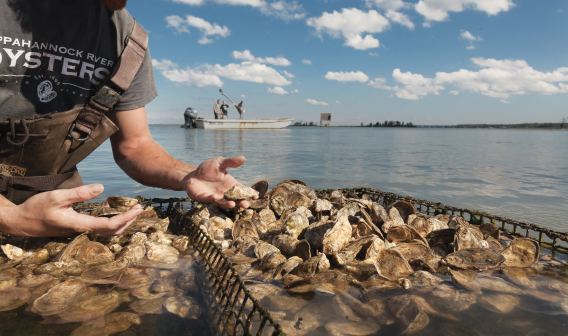Eliminating Diseases and Associated Issues
Moving agriculture indoors is a solution to disease issues, but researchers continue to focus on the impact of disease and how to mitigate its spread. Hydroponics is a large focus area in disease research because growing items in water reduces the introduction of soil-borne disease, but issues like wilt still affect hydroponic crops. Biocontrols are introduced to the water source, which can reduce or eliminate the need for pesticides and other biochemicals that serve as a “cure” rather than prevention. Michael Schwarz, associate director of the CEAIC and director of the Virginia Seafood Agricultural Research and Extension Center (VSAREC) in Hampton, cited disease control as a key advantage for CEA operations and stated that proper use of CEA techniques can help create zero-pesticide crops.
Water recirculation research parlays into disease management because filtering water allows for the removal of disease and infection. This research is useful to other industries because cleaning solutions introduced into CEA practices can be utilized elsewhere, Lowman said. Disease management research in CEA has the potential to shed new light on epidemiology in a post-COVID world.
Fulfilling that potential requires intensive crop monitoring, and CEAIC researchers are working internally and with corporate partners like Canon Virginia, Inc., to develop technology that allows for constant photo imaging of crops to monitor to-the-moment growth patterns and problems or other issues. In the future, these imaging systems will work in concert with water, air, light, and disease sensors to quickly find and rectify problems with a growing condition or an individual plant or animal, whether by robotic removal of the plant in question or by adjusting the amount of light, a certain nutrient, or airflow patterns, either manually or through digital automation.
That kind of granular light adjustment is available to CEA operations through use of LED lights. While some CEA facilities operate as a glass-roofed greenhouse, most rely on a hybrid model that incorporates LED grow lights to generate photosynthesis in plants. LED lights compensate for a lack of natural light in short-day seasons (like winter), allowing for year-round growth and production. IALR’s LED light quality research focuses on how crops respond to changes in light and how increased availability of light (and different spectrums of light and radiation) can affect the growing process.
IALR is also home to the Plant Endophyte Research Center, which studies the use of symbiotic endophytes — beneficial microorganisms that live between living cells — to enhance crop yield through stronger root systems. Potential benefits of advancements in endophyte use include chemical fertilizer reduction and soil quality improvements.
Developing the CEA Workforce of Tomorrow
While technological advancements are the main focus of entities in Virginia’s CEA research ecosystem, workforce development is another major priority. As Schwarz put it, “We are behind the 8-ball and there is a labor shortage.”
CEA is a highly technical field requiring workers with advanced knowledge of technology, robotics, and microbiology. Virginia’s research centers are developing programs — some starting as early as middle school — to foster a skilled CEA workforce, while entities as large and established as the U.S. Department of Agriculture offer funding to train workers on CEA-specific topics.
All this research is shared in a variety of ways. Virginia’s cooperative extension centers (including VSAREC) are a partnership between Virginia Tech and Virginia State University. Researchers from both universities, along with others in Virginia’s CEA industry, regularly publish findings in peer-reviewed research studies, allowing Virginia insights to reach all corners of the agriculture industry.
IALR and CEAIC also partner with the organizers of Indoor Ag-Con, one of the largest indoor farming events in the country, to host CEA Summit East, an in-person conference that brings growers, educators, scientists, engineers, technology specialists, and other industry personnel together to discuss new findings and the latest ideas in CEA research. “Everyone is doing something a little different,” said Lowman, and CEA Summit East is a chance to share and discuss information for the benefit of the industry.
At VIMS, Walton said that while his team engages in published studies and conferences, the best way to get information directly to the growers is to be a presence at their farm or growing facility and share insights face to face.
“When we pull up, they know who we are,” he said. “There is a lot of sharing research information by talking over the back of a pickup truck.”






